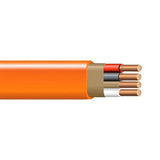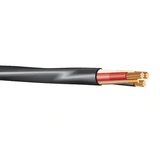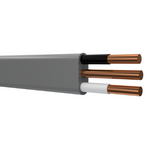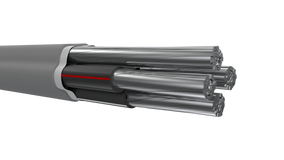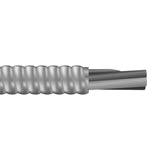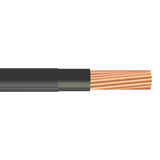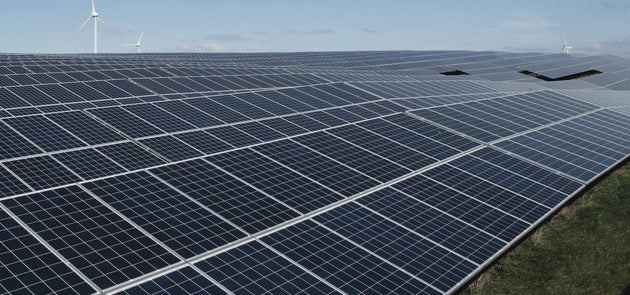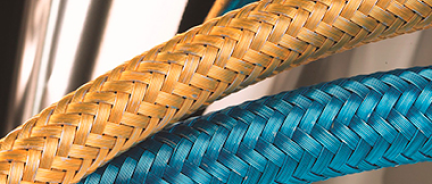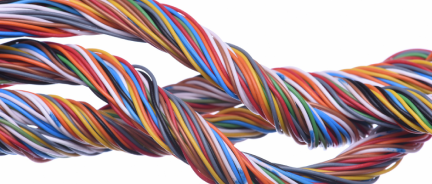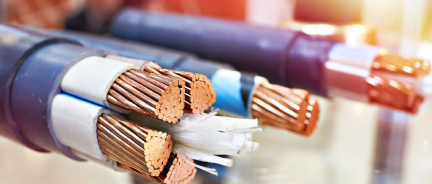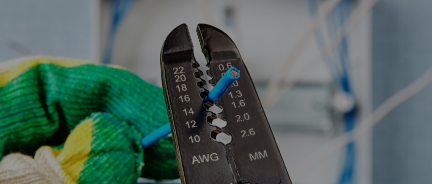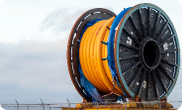Single-Pole vs. Double-Pole Switches and Breakers Explained
In electrical work, a single-pole switch or breaker controls just one wire, usually the hot wire in a 120V circuit. It’s the kind you’ll find on most light switches and basic outlets. A double-pole switch or breaker controls two hot wires at the same time, which is needed for 240V circuits and larger appliances like dryers or stoves.
Here is a breakdown of the basic characteristics of a single-pole switch vs. a double-pole switch and a single-pole breaker vs. a double-pole breaker, including examples of cables that would typically be used with each.
Switches
Single-Pole Switch:
-
Controls one hot wire
-
Used for 120V circuits like lights or small appliances
-
It has two terminals and a ground
-
Doesn’t fully disconnect: neutral remains connected
-
Example: a standard light switch
Common cables:
-
14/2 NM-B (Romex) for 15A lighting circuits
-
12/2 NM-B for 20A outlets or appliances
-
12/2 UF-B for underground runs to outdoor lights or outlets
Double-Pole Switch:
-
Controls two hot wires at the same time
-
Used for 240V circuits and higher loads
-
Has four terminals and a ground
-
Provides full disconnection — safer for maintenance
-
Example: switch for a water heater, stove, or dryer
Common cables:
-
10/3 NM-B for 30A dryer circuits
-
8/3 NM-B for 40A electric ranges
-
2-2-2-4 SER cable for feeding subpanels or main service
-
MC 8/3 cable or THHN 8 AWG in conduit for commercial or exposed applications

Breakers
Single-Pole Breaker:
-
Interrupts one hot wire
-
Supplies 120V
-
Usually rated 15–20 amps
-
Used for lights, outlets, and general-use residential circuits
-
Occupies one panel slot
Common cables:
-
14/2 or 12/2 NM-B
-
12/2 UF-B for underground wiring to outdoor outlets or garden lights
Double-Pole Breaker:
-
Interrupts two hot wires simultaneously
-
Supplies 240V
-
Handles larger loads ( from 15A to 200A+).
-
Used for dryers, ovens, HVAC units, and water heaters
-
Occupies two panel slots
Common cables:
-
10/3 or 8/3 NM-B for 30–40A appliances
-
2-2-2-4 SER for feeding subpanels
- 8/3 MC cable or 8 AWG THHN in conduit for industrial or commercial applications.






